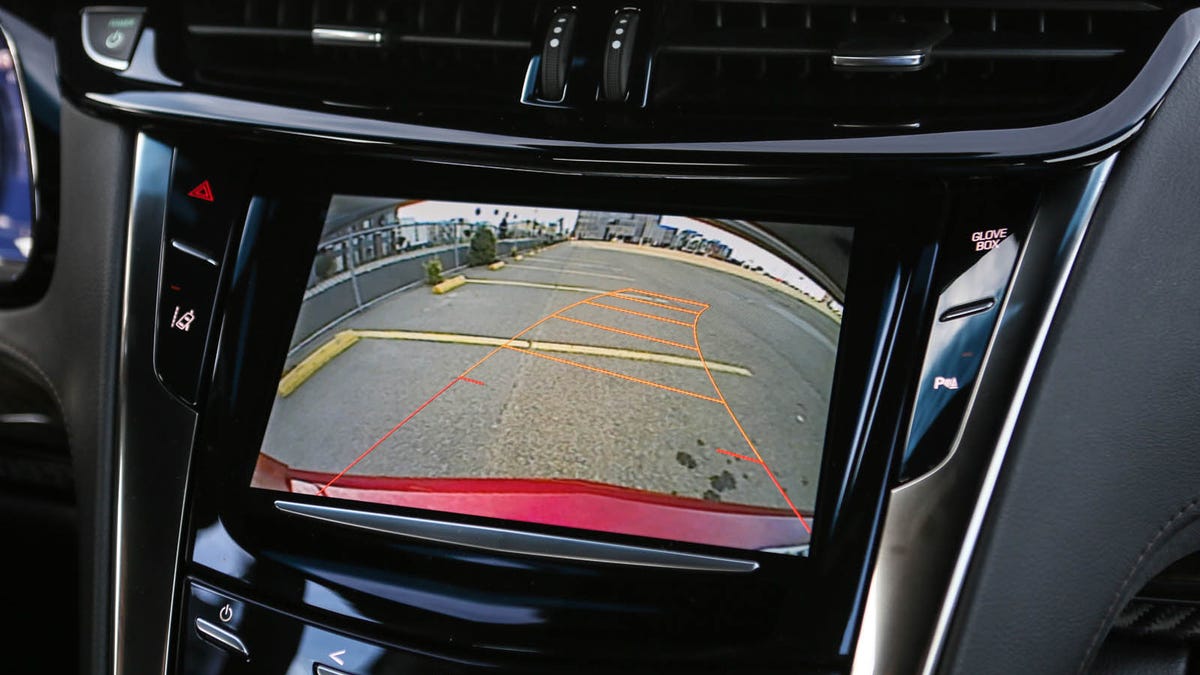US requiring back-up cameras in cars by 2018
A new rule passed today by the US Department of Transportation mandates rear-view cameras in all cars built from May 1, 2018.

The National Highway Safety Transportation Agency (NHTSA) announced a new rule today that will require vehicles built from May 1, 2018 on to have a back-up camera. The rule applies to all road-legal vehicles under 10,000 pounds.
Many cars today come with back-up cameras as either standard or optional equipment. When the driver puts the car in reverse, a display in the dashboard shows the image from a camera mounted at the rear of the car. Some cars show a simple video feed from the rear camera, while others overlay distance and trajectory lines, the latter of which indicates the path of the car depending on how the wheels are turned.
The NHTSA, under the US Department of Transportation, has been considering these rules for years. Congress passed a law requiring the Department of Transportation to come up with rules mandating rear-view cameras in 2008.
In announcing the new requirement, NHTSA cites an average of 210 fatalities and 15,000 injuries from back-up accidents every year, and notes that children under 5 years old account for 31 percent of the deaths.
The rule requires a back-up camera to show a field of vision at least 10 feet wide directly behind the vehicle, going back a minimum of 20 feet. Safety advocate KidsAndCars.org and Sony both advocated 180 degree cameras be required, but automakers noted in comments to NHTSA that 130 degree cameras, supplemented by side view mirrors, would be adequate.
Other parts of the rule considered display size and linger time, or how long the rear-view camera image remains on the display when the driver changes out of reverse. NHTSA declined to mandate an exact screen size in cars, noting that the image size will vary depending on where the display is mounted in the dashboard. Instead, NHTSA requires that the objects defined in its testing parameters appear at a specific size to the driver.
For linger time, NHTSA mandates that the image should remain on the screen for at least 4 seconds, but no more than 8 seconds. Linger time was considered necessary due to some situations in which drivers change from reverse to drive frequently, such as hooking up a trailer or parallel parking.

